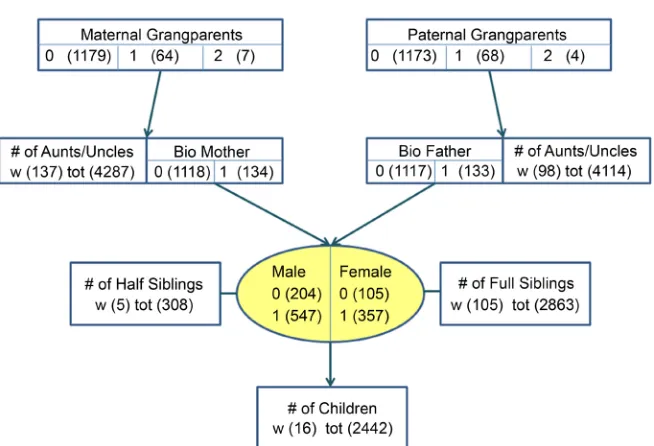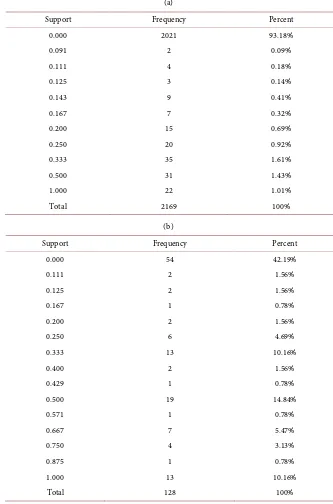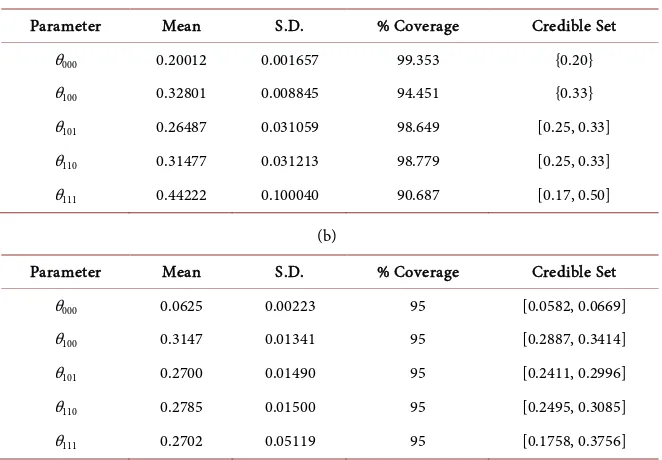On Heredity Factors of Parkinson’s Disease: A Parametric and Bayesian Analysis
Full text
Figure




Related documents
This paper proposes new nonlinear prediction models for the ultimate bearing capacity of shallow foundations resting on non-fractured rock masses using a novel
the Chi-square calculated between the learners’ preferences for the error feedback (aspect of language & source of corrective feedback) did not show significant amount,
Specifically, agents are arranged along the surface of an imaginary cylinder, whose vertical length is broken into as many segments as there are age groups in the model (at
In keeping with previous findings, mCRPC patients displayed significantly higher levels of mMDSC compared with age- and sex-matched healthy controls (see Additional file 3: Figure
This has set up the design rules and made an empty board which you can see in the main window of PCB Editor, shown in figure 8 on page 18.. There are three rectangles for the
The objective of this study was to evaluate size-fractionated number and mass concentrations of indoor particles (aerosols) in selected Jordanian residential indoor environments
